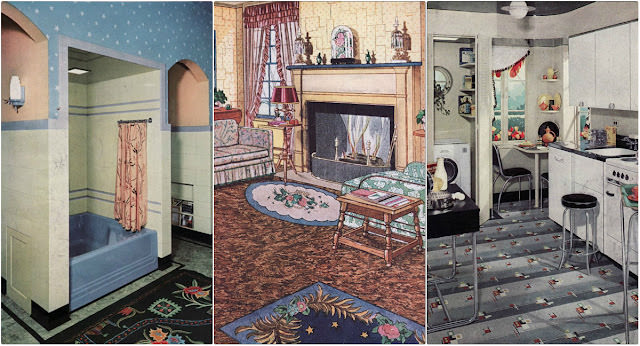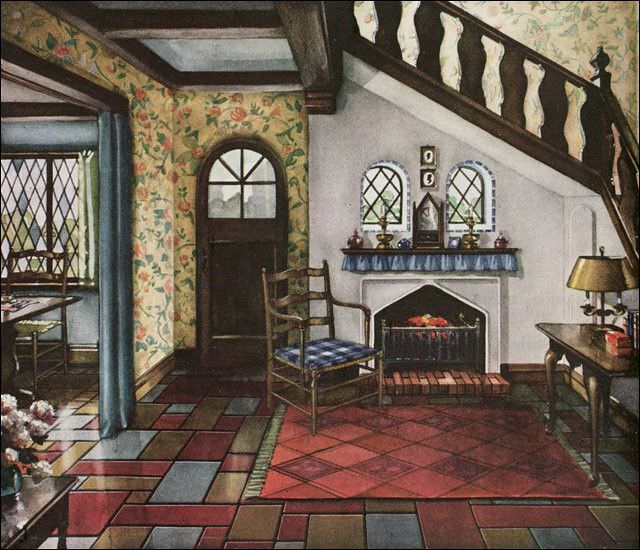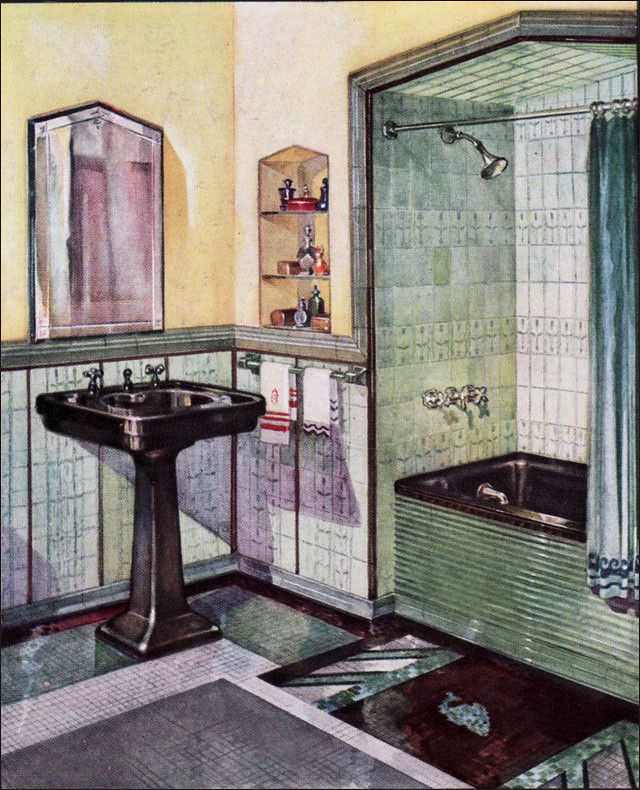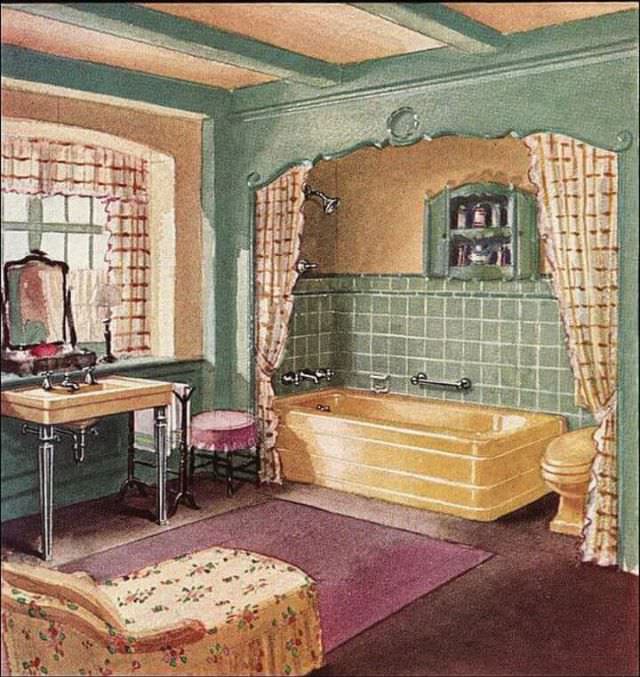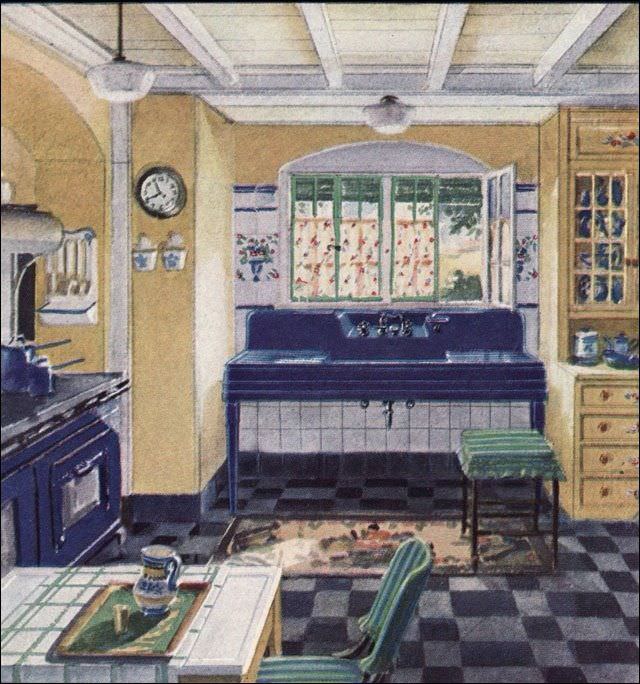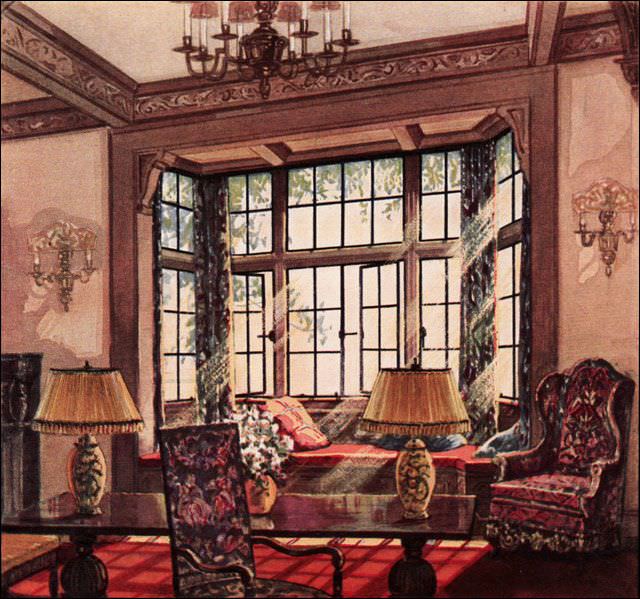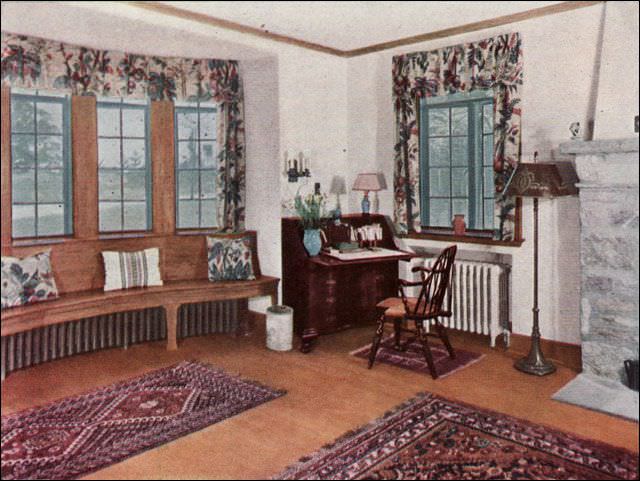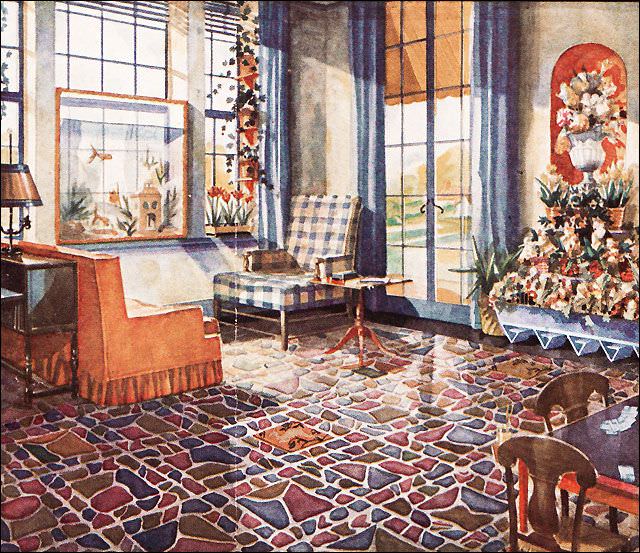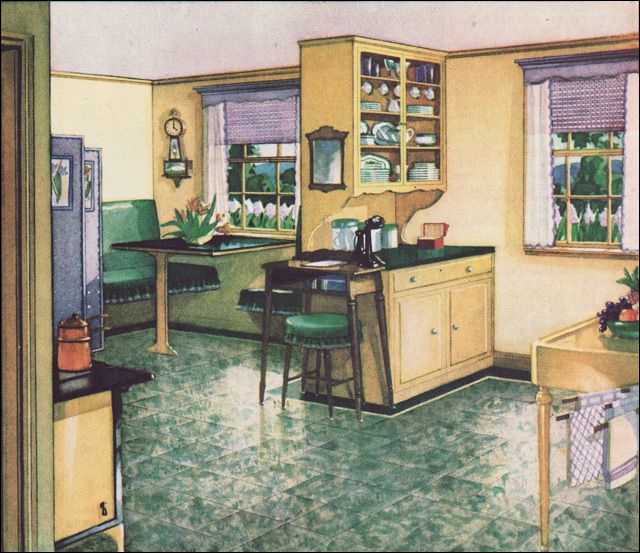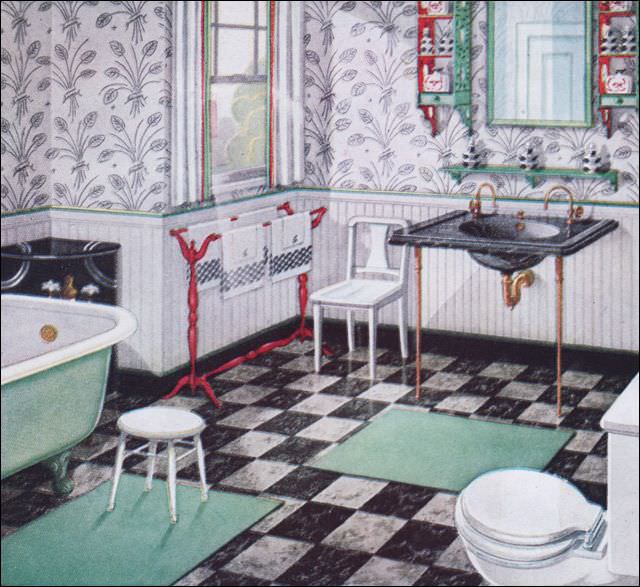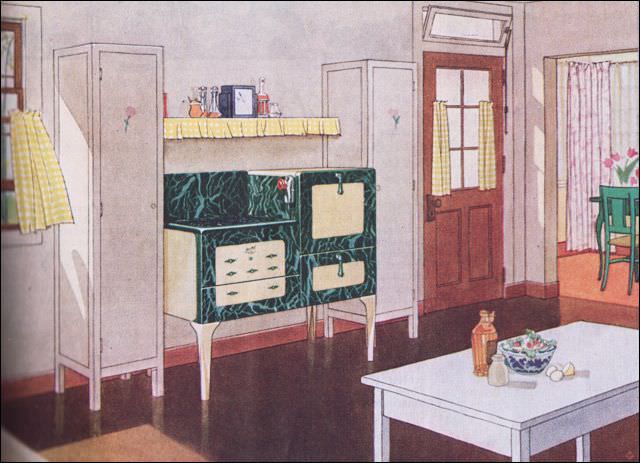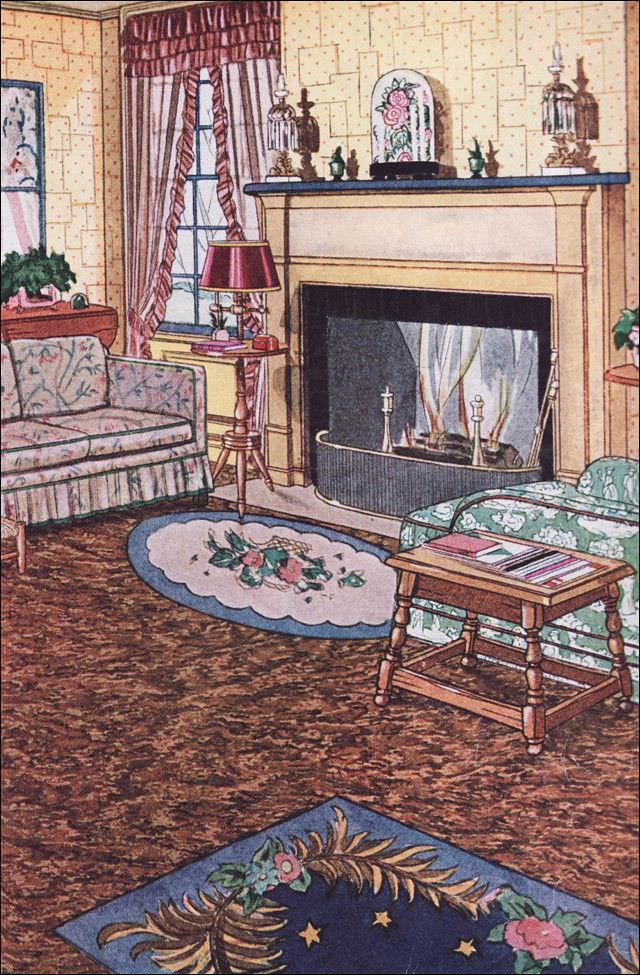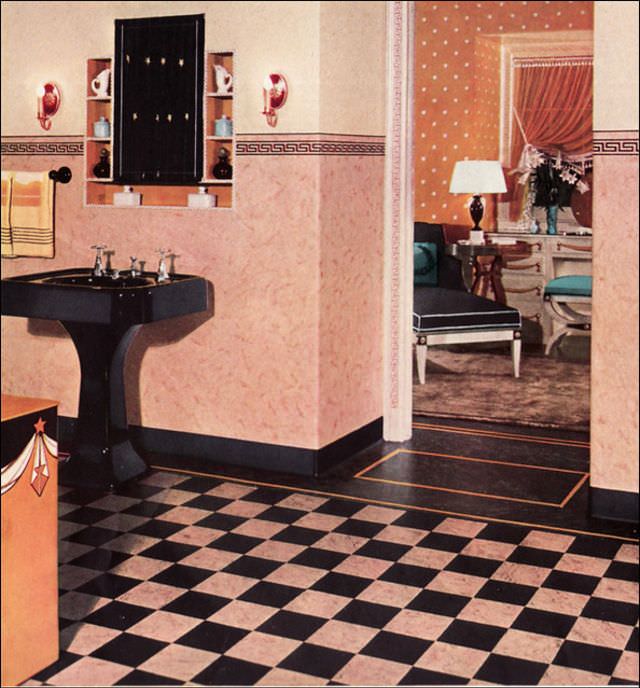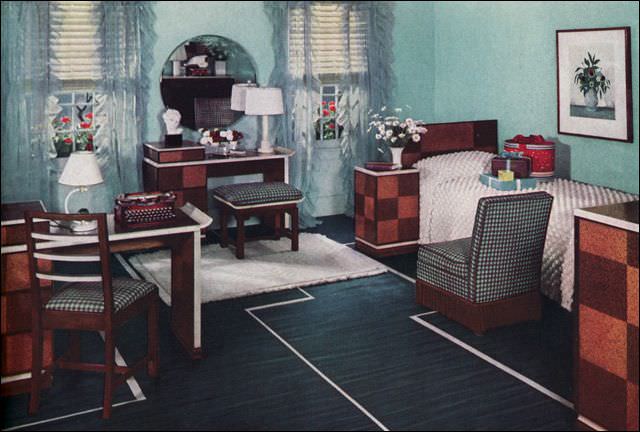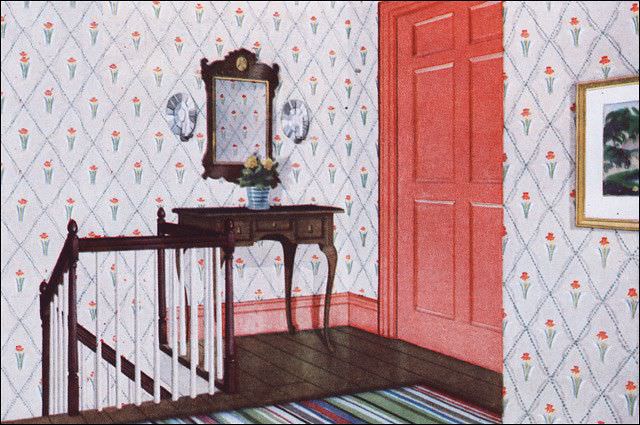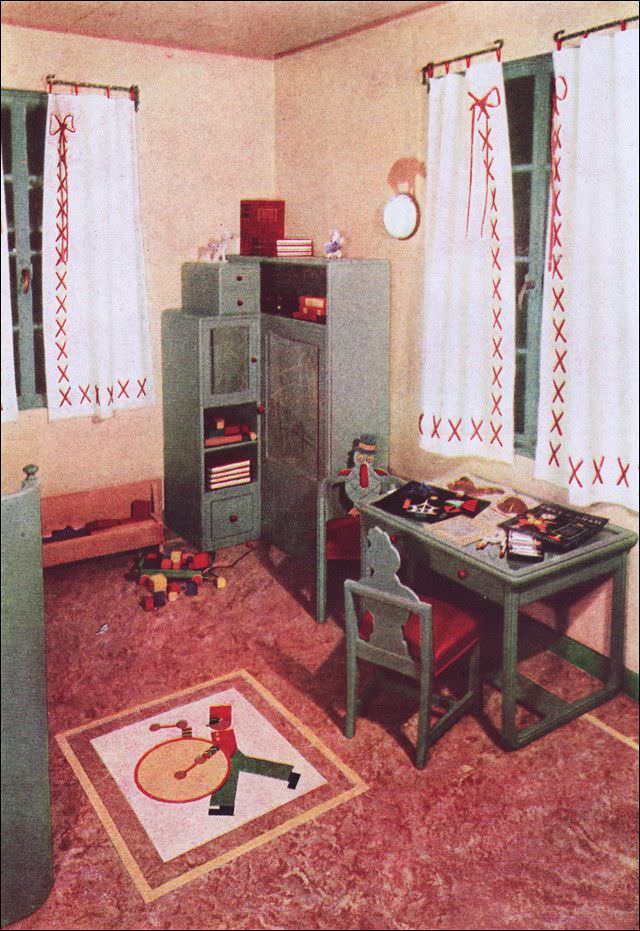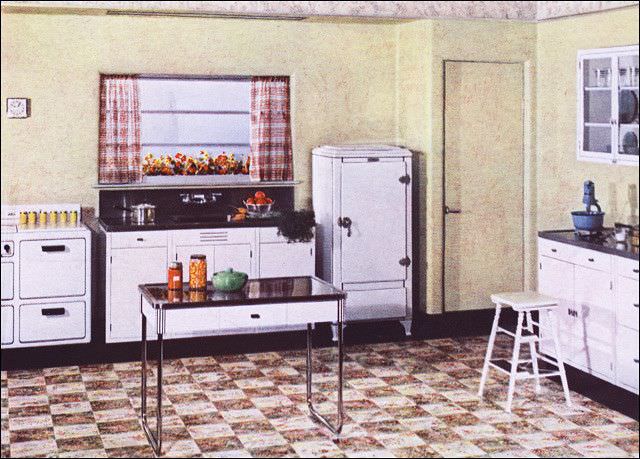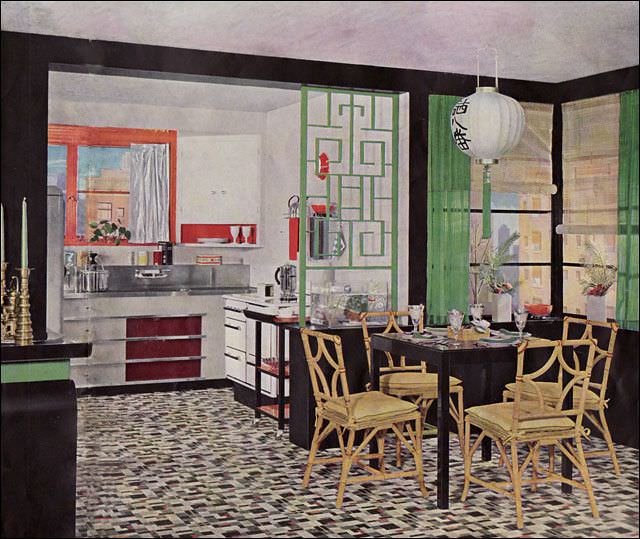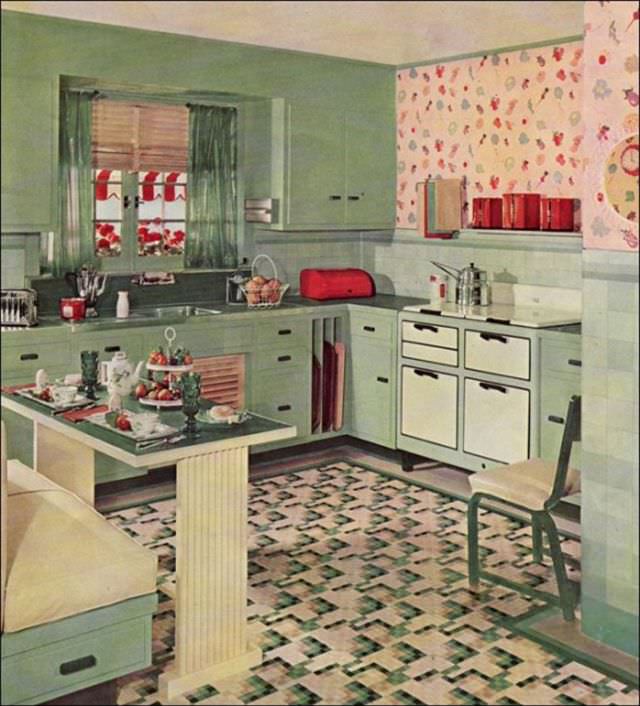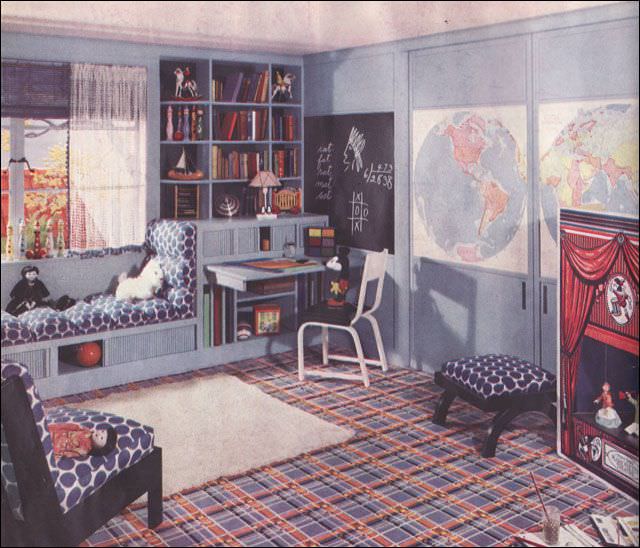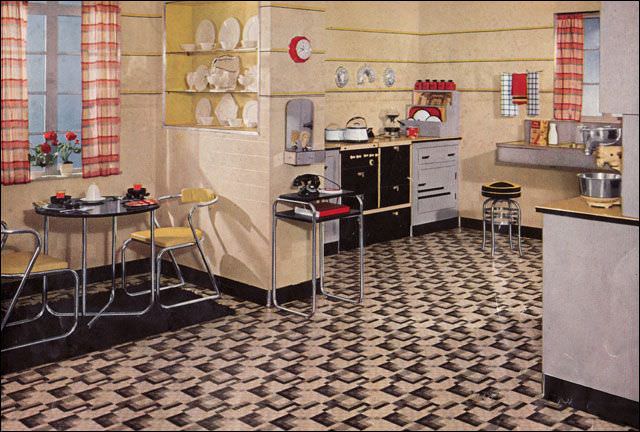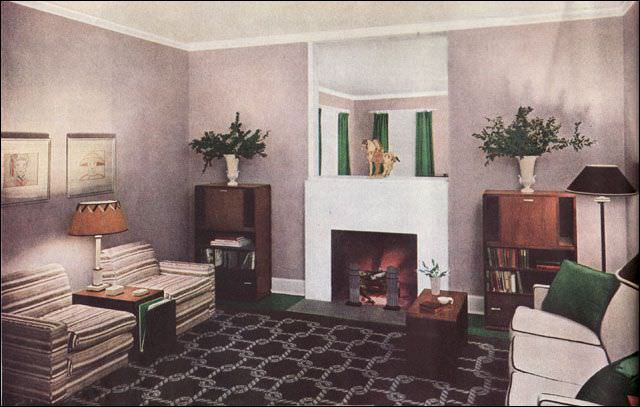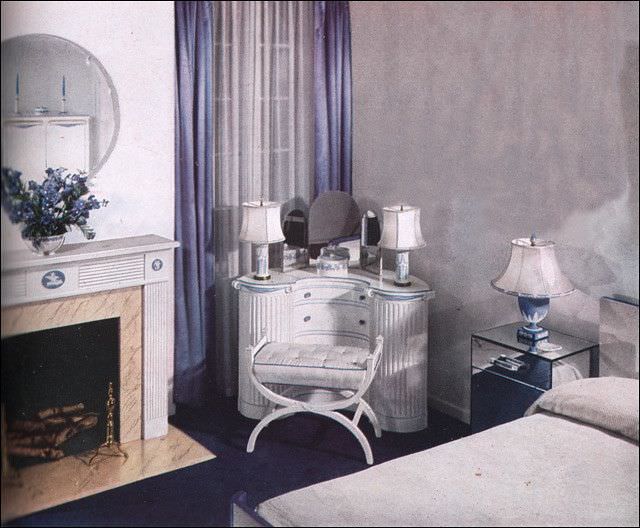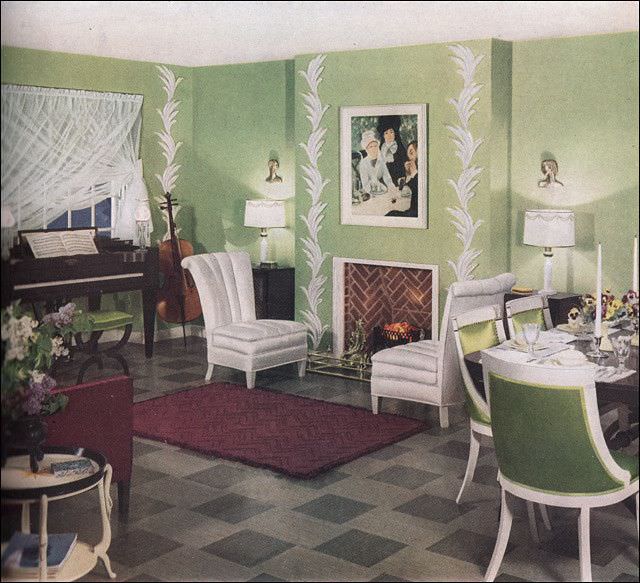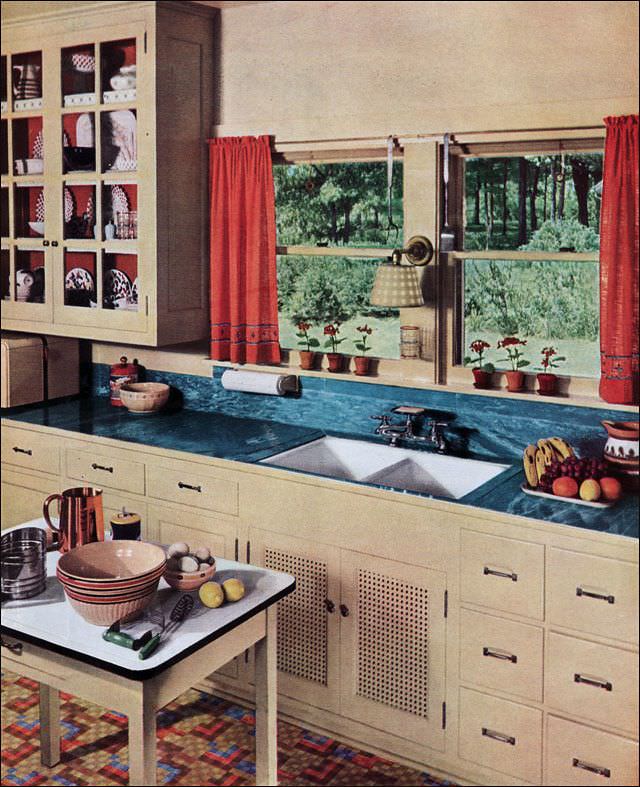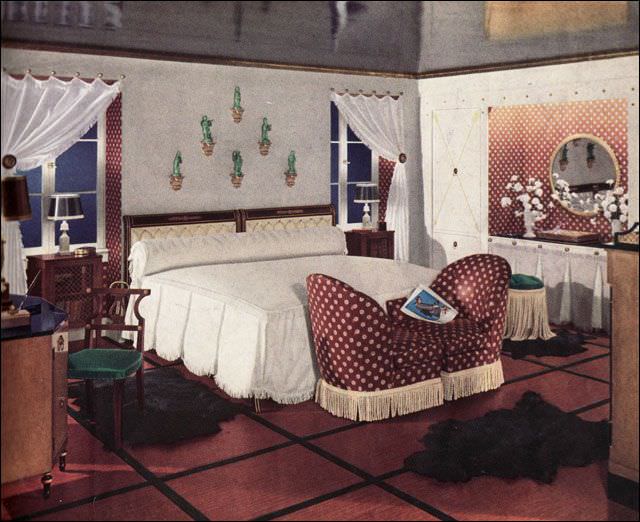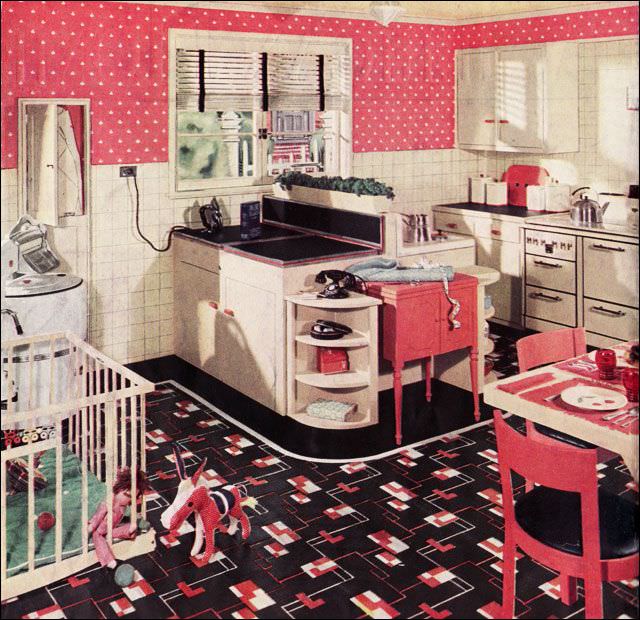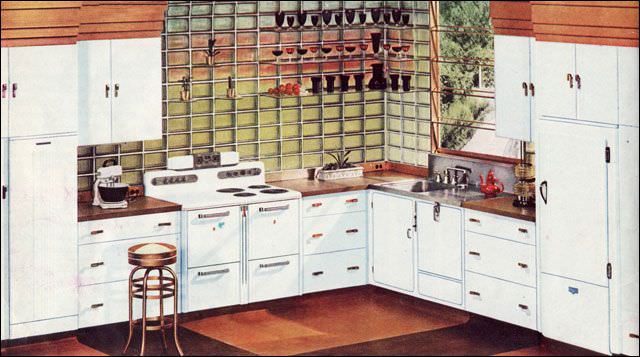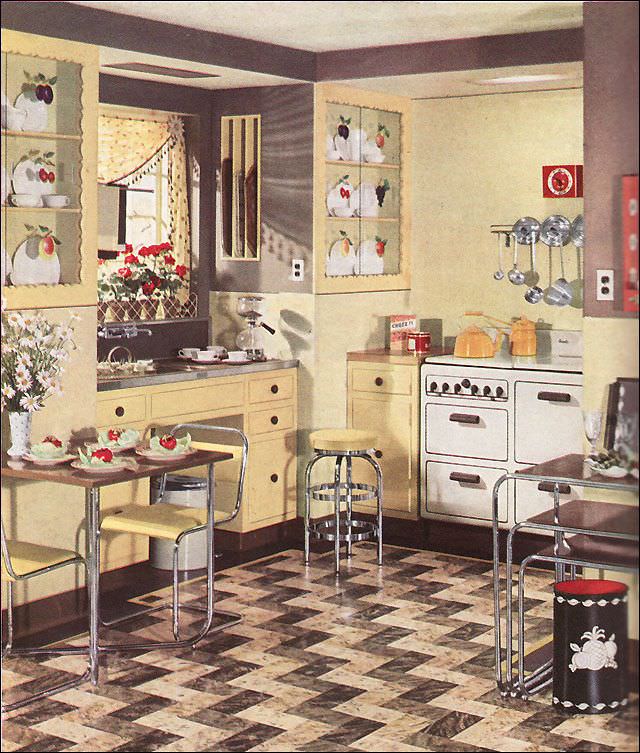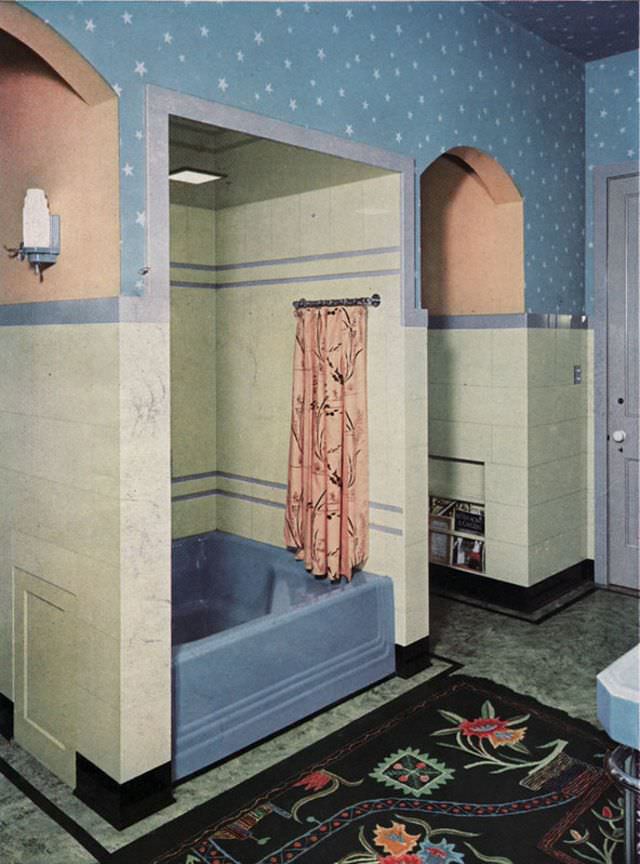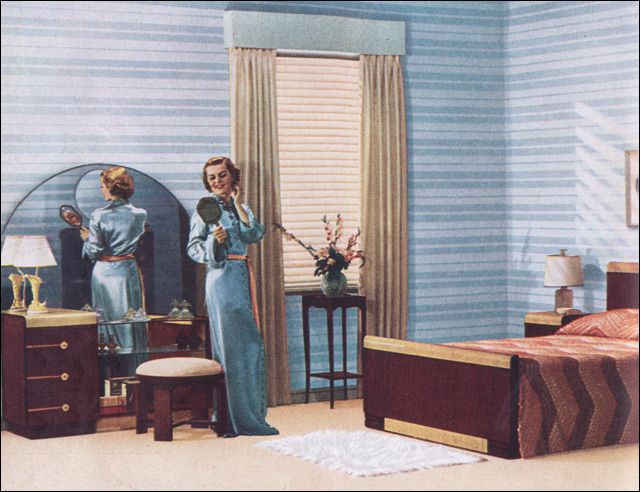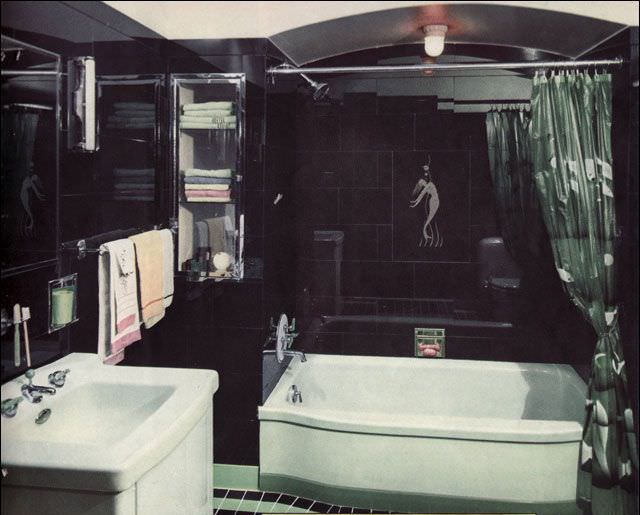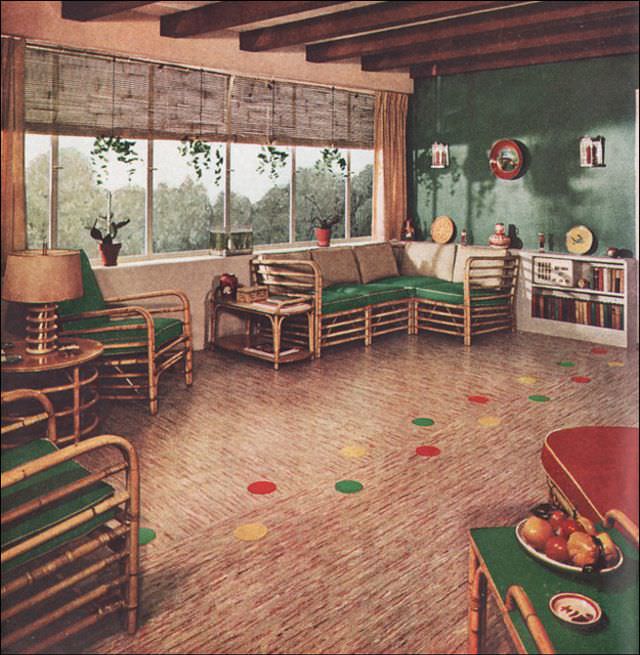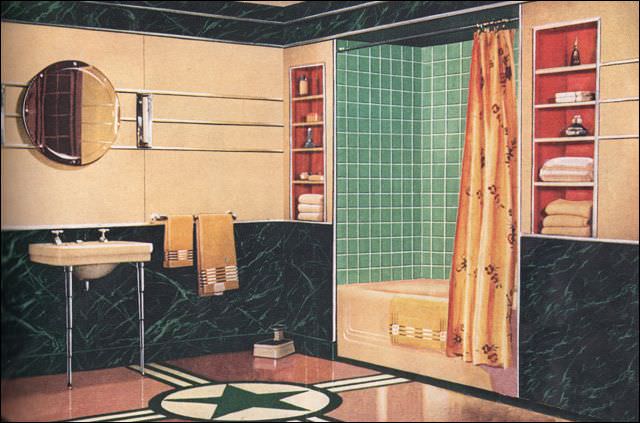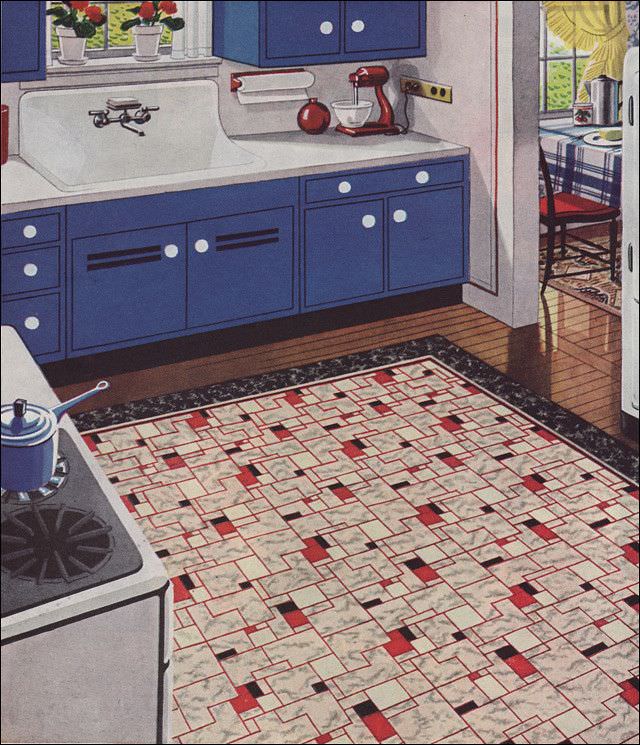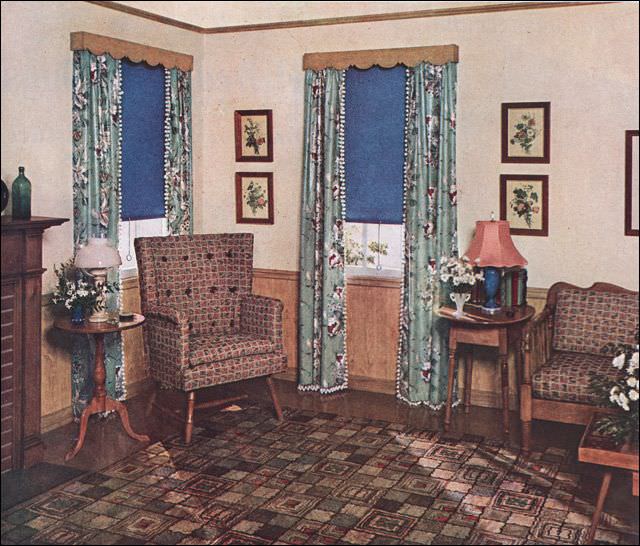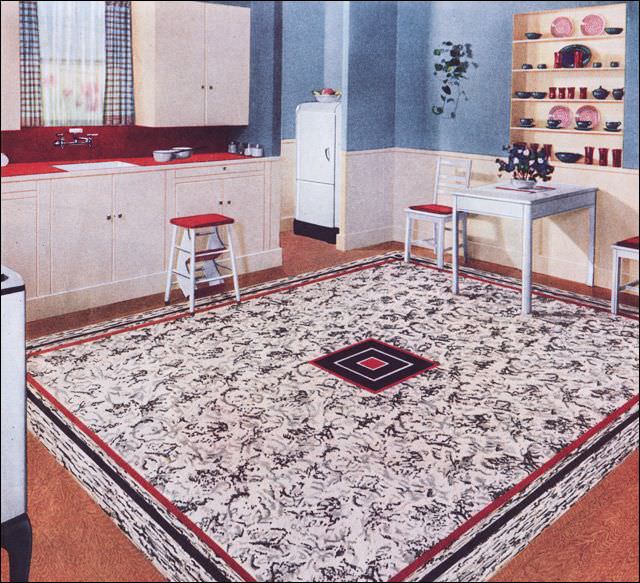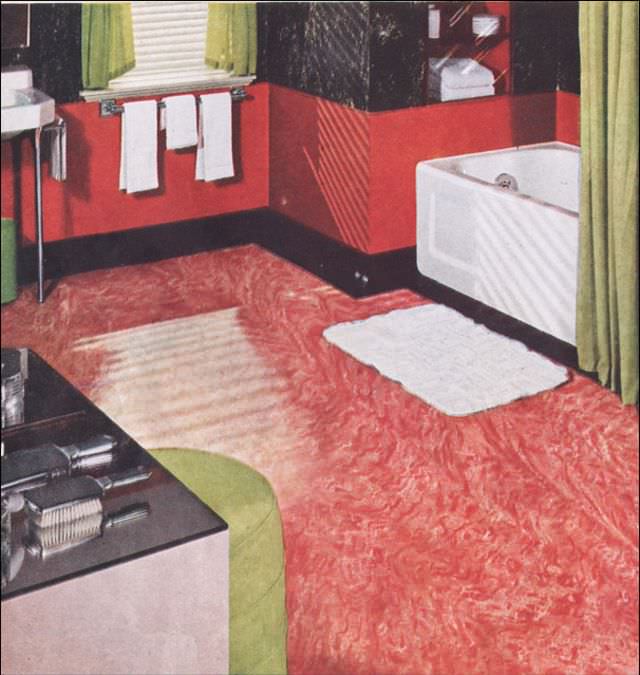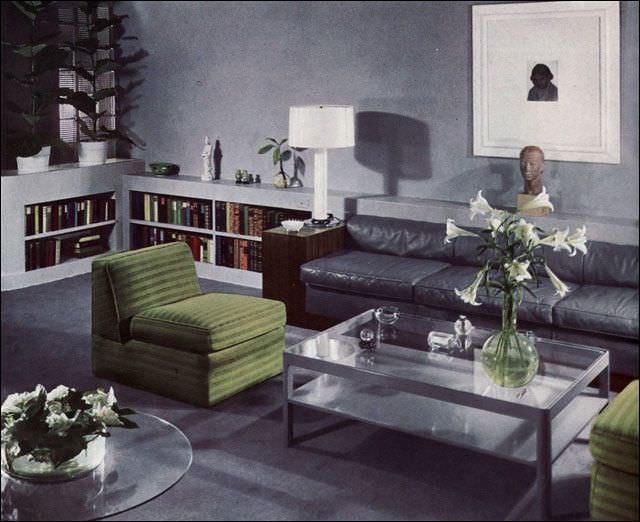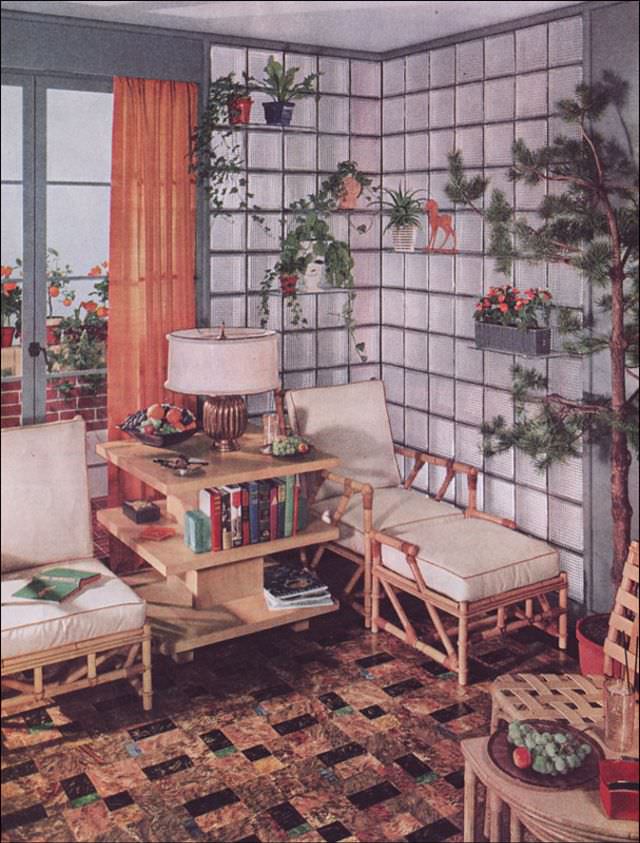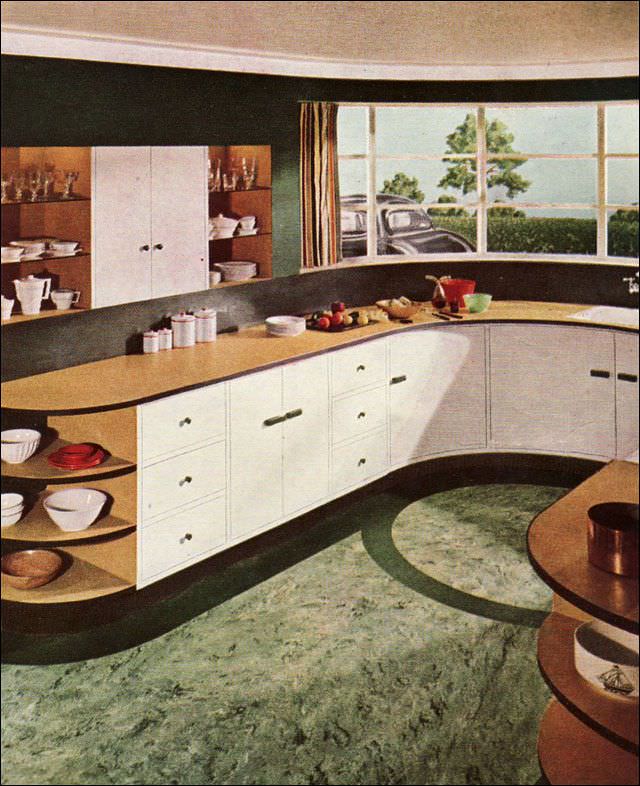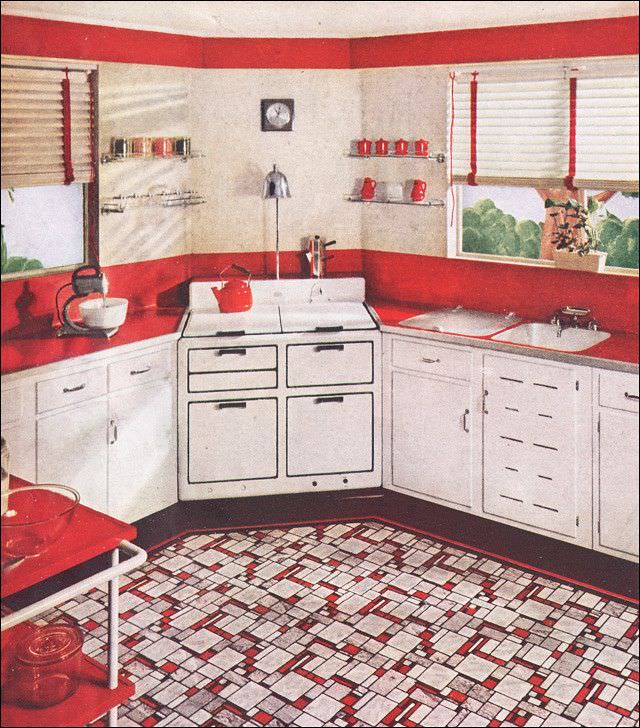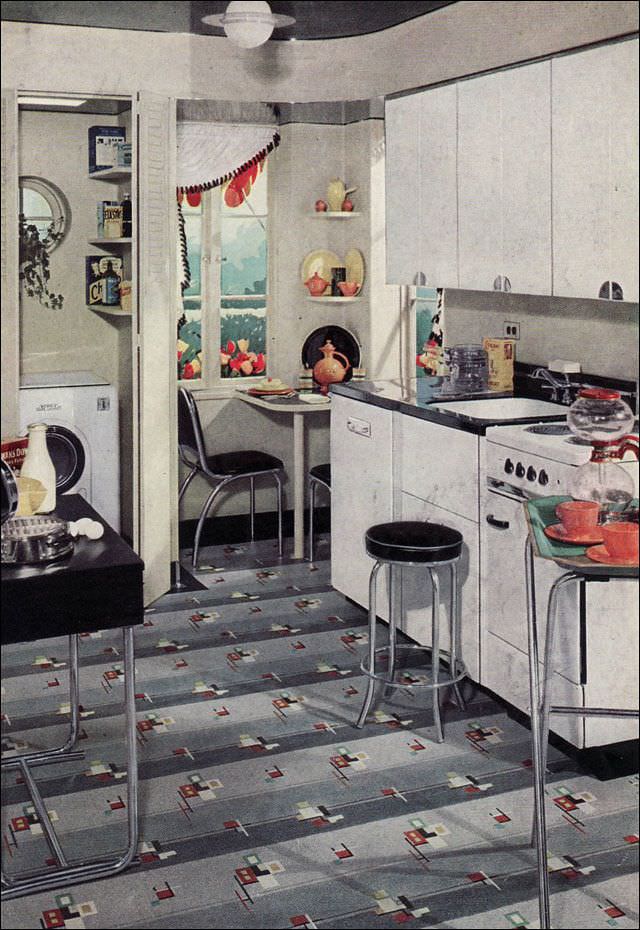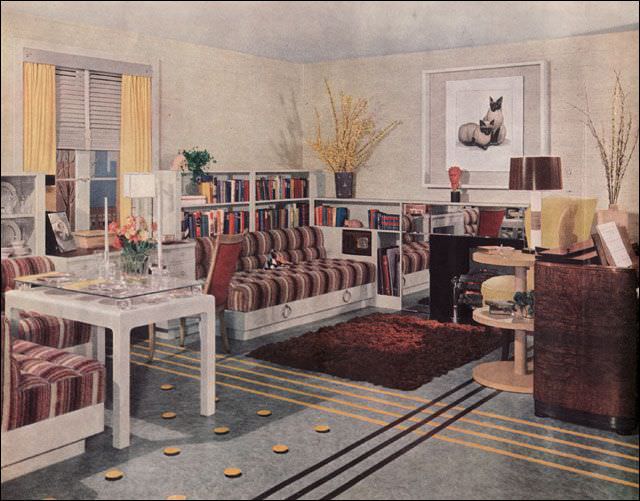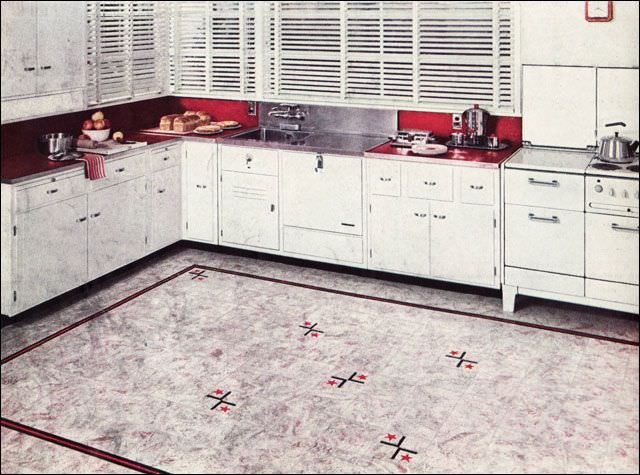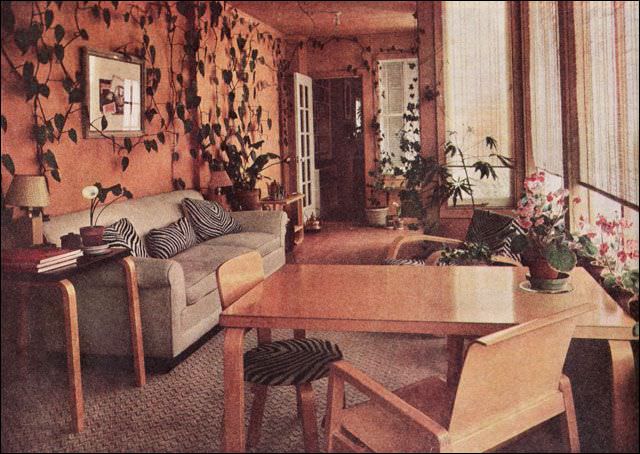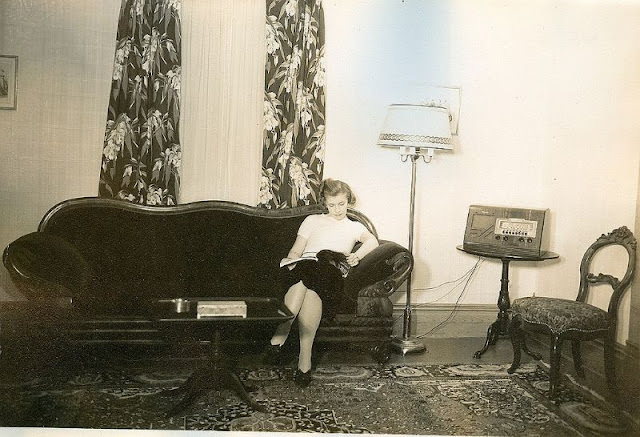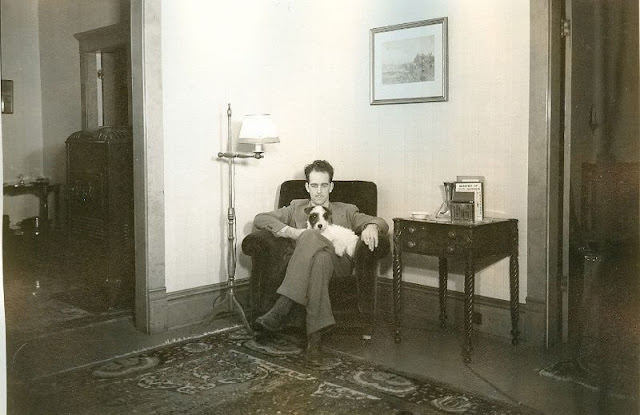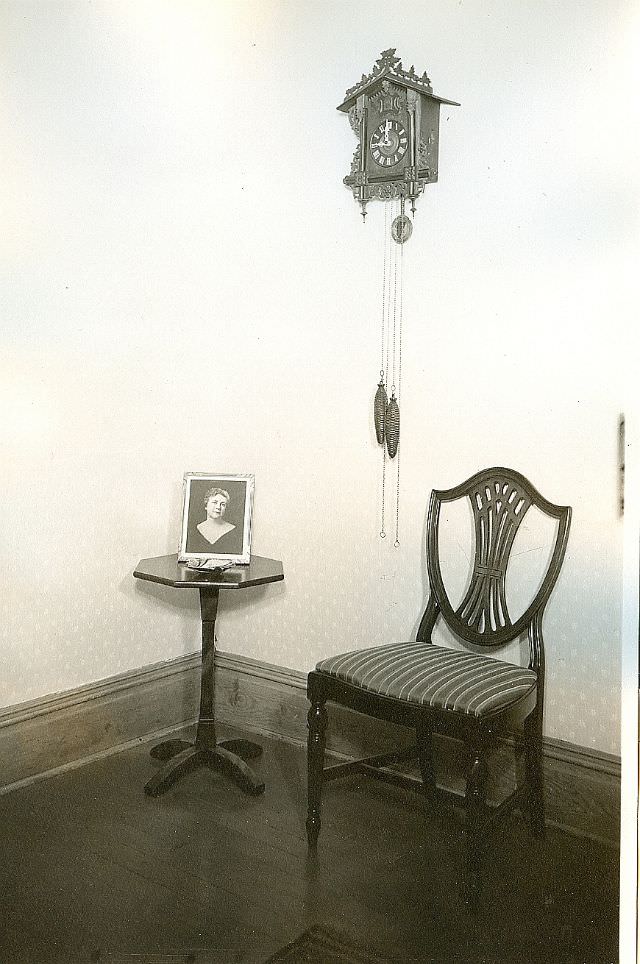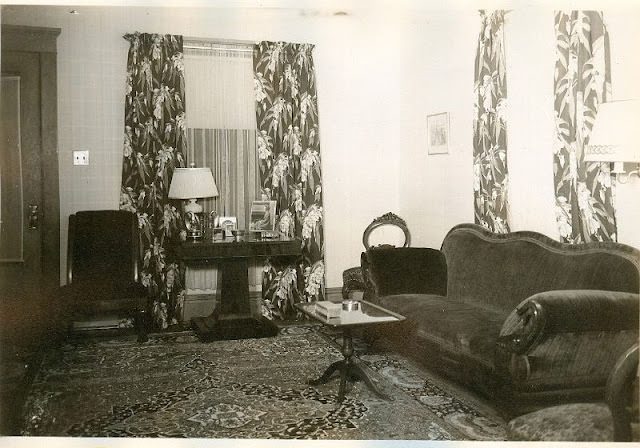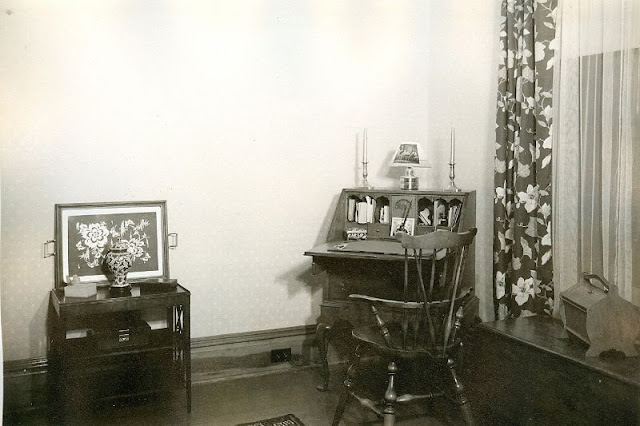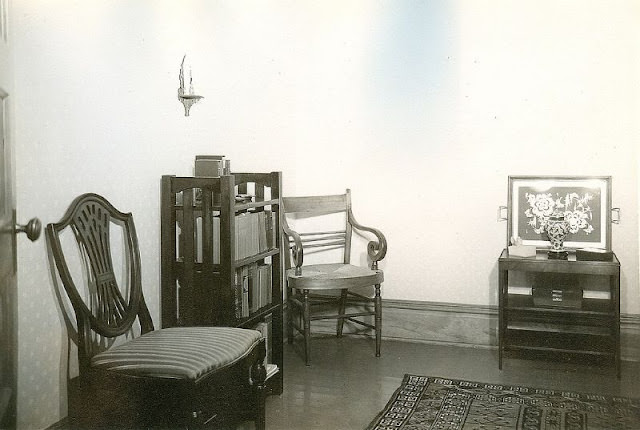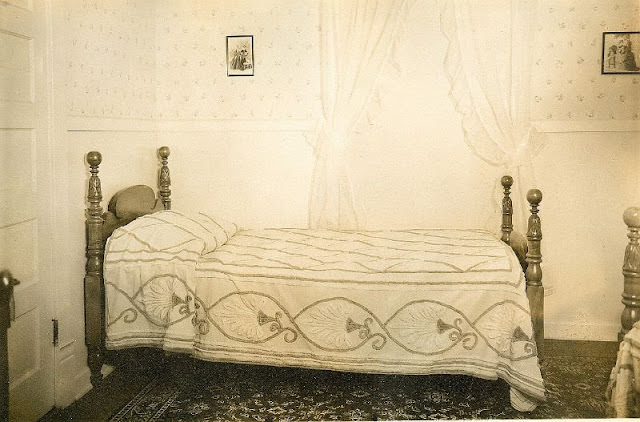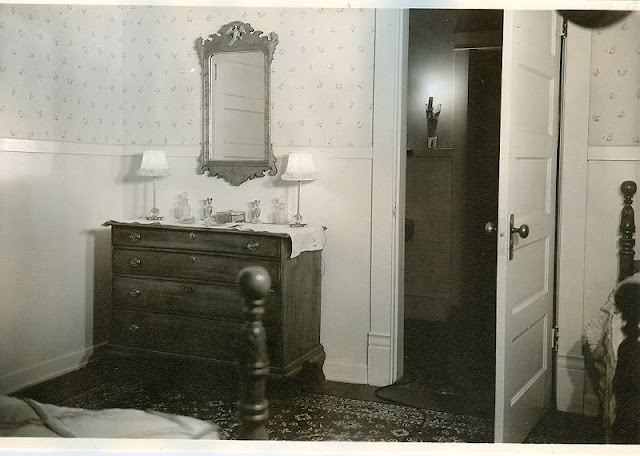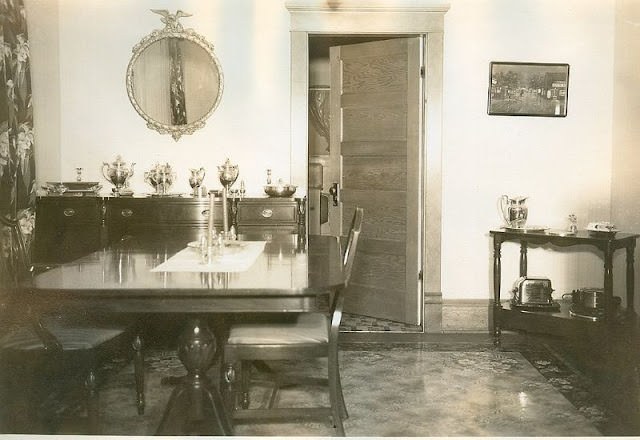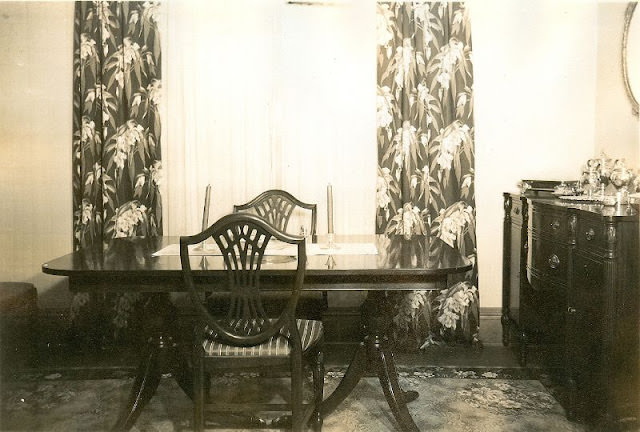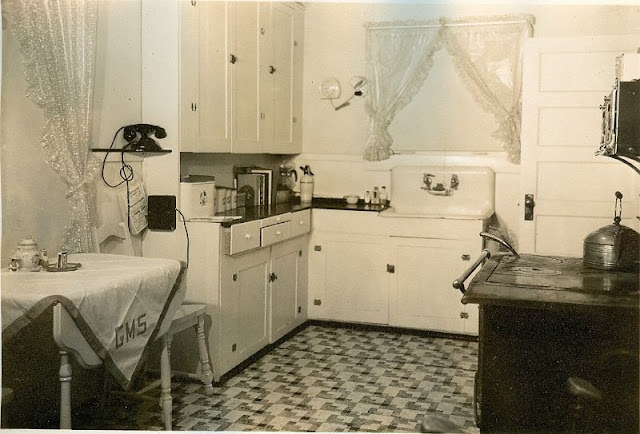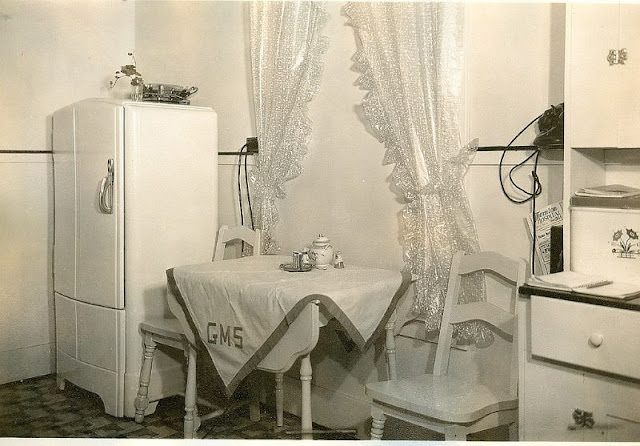The 1930s were a defining era, not just in the world of fashion, politics, or cinema, but also in the realm of home décor and interior design. It was a decade marked by economic challenges due to the Great Depression, yet it sparkled with a distinctive style that homeowners embraced with open arms. Delving into the house interiors of the 1930s, we uncover a world where scarcity inspired creativity, and modern trends mingled with traditional comforts.
A Response to Economic Times: Simplicity and Ingenuity
The Great Depression, which unfurled itself throughout the 1930s, significantly influenced home interiors. With limited resources, interior design became less about opulence and more about practicality and affordability. Families were making do with what they had, leading to a charming simplicity in home décor.
However, simplicity didn’t mean a lack of style. Homeowners showed incredible ingenuity by repurposing and reusing materials and furniture. Handmade and home-sewn items were not just common but prized, adding a personal touch that the previous decades of mass production had overshadowed. Fabrics for curtains and upholstery featured cheerful, bright patterns—often floral—to contrast against the otherwise somber economic atmosphere.
The Allure of Modernism
Despite the financial downturn, the 1930s saw a continued fascination with modernism. This design philosophy, which had begun in the 1920s, took a firm hold on architecture and interiors in this era. The Art Deco movement, characterized by its geometric shapes, bold outlines, and lavish materials, found its way from grandiose buildings into the home.
Kitchens were a highlight of 1930s modernism, showcasing advancements in technology and a shift toward efficiency and convenience. Chrome and shiny, sleek surfaces hinted at a burgeoning industrial aesthetic. The ‘electric kitchen,’ with its promise of easier and modernized housework, became a selling point for new homes, reflecting society’s faith in technology as a pathway to a better future.
Furniture and Layout: A Blend of Old and New
Living rooms in the 1930s straddled the line between the traditional and the contemporary. Furniture from earlier eras was often juxtaposed with newer, more streamlined pieces. The Chesterfield sofa was a staple in many households, combined with armchairs and footstools for added comfort. Parlor-style layouts were abandoned, making way for more casual, family-centric living spaces.
While wood remained the primary material for furniture, newer materials like Bakelite, chrome, and glass were becoming popular. The waterfall front, an iconic Art Deco design element, was seen on everything from dressers to radios.
Color Trends: A Mix of Cheer and Elegance
The color palette of the 1930s was diverse, capturing the era’s contrasting moods. Pastels brought softness and light to interiors, with shades of cream, beige, and ivory being particularly popular. These subdued tones often served as backdrops for bold, contrasting accents.
For a touch of glamour, homeowners favored deep, rich colors—royal blues, lush greens, and radiant reds. Wallpaper often featured these hues, along with the striking geometric designs characteristic of the era.
Lighting: Functional Yet Stylish
Lighting in the 1930s was both functional and decorative. The decade saw a departure from ornate, heavy fixtures to simpler, more geometric designs. Glass and chrome were popular materials, reflecting the modernist influence. The classic, stylish appeal of a Tiffany lamp could be seen in many homes, alongside newer, more streamlined floor and table lamps.


